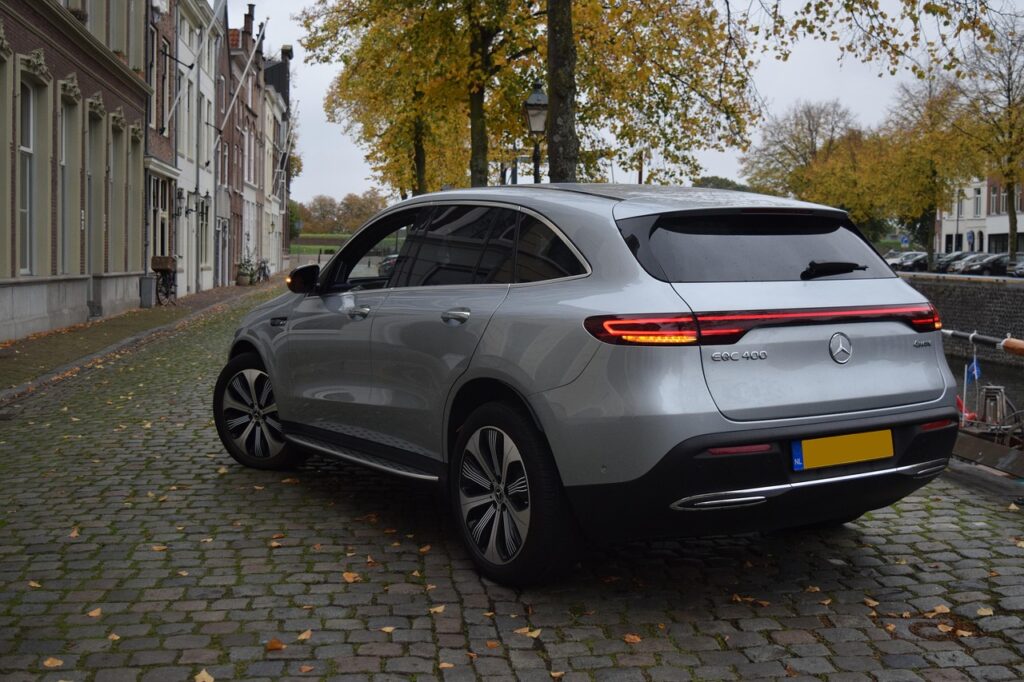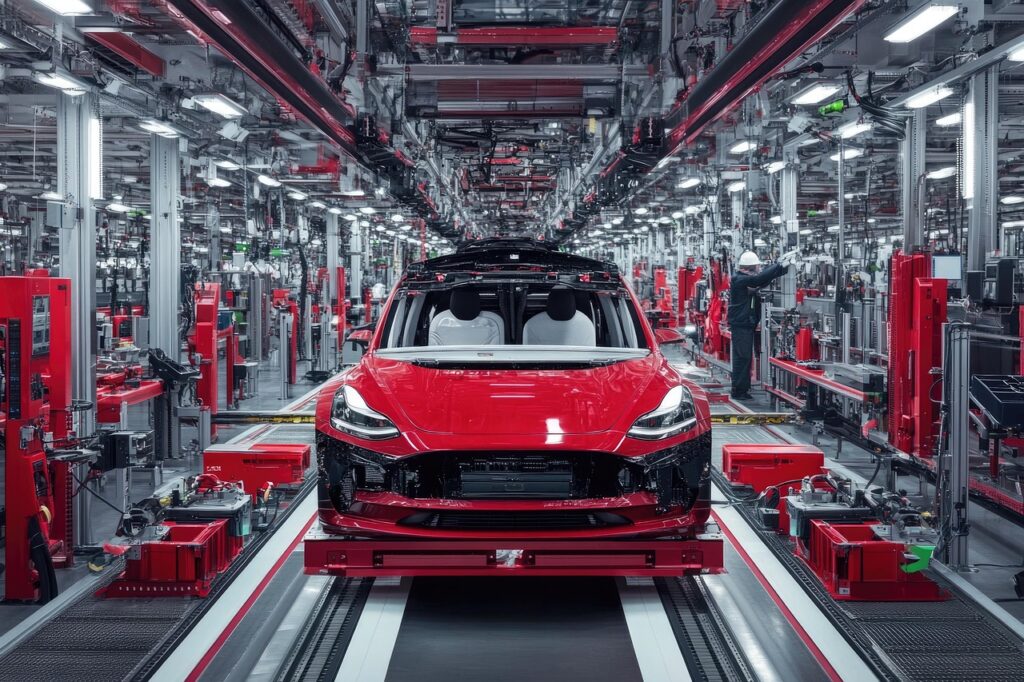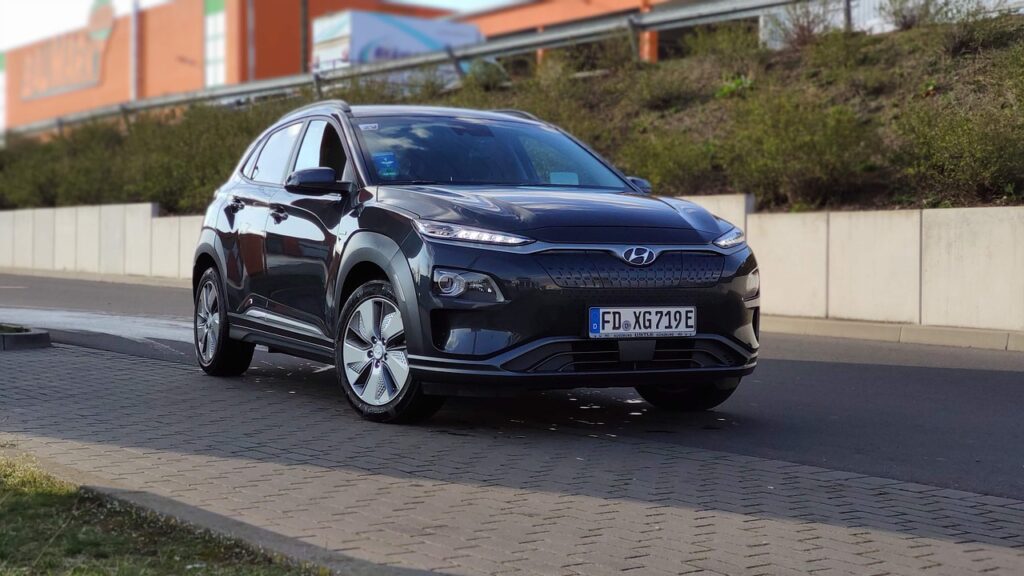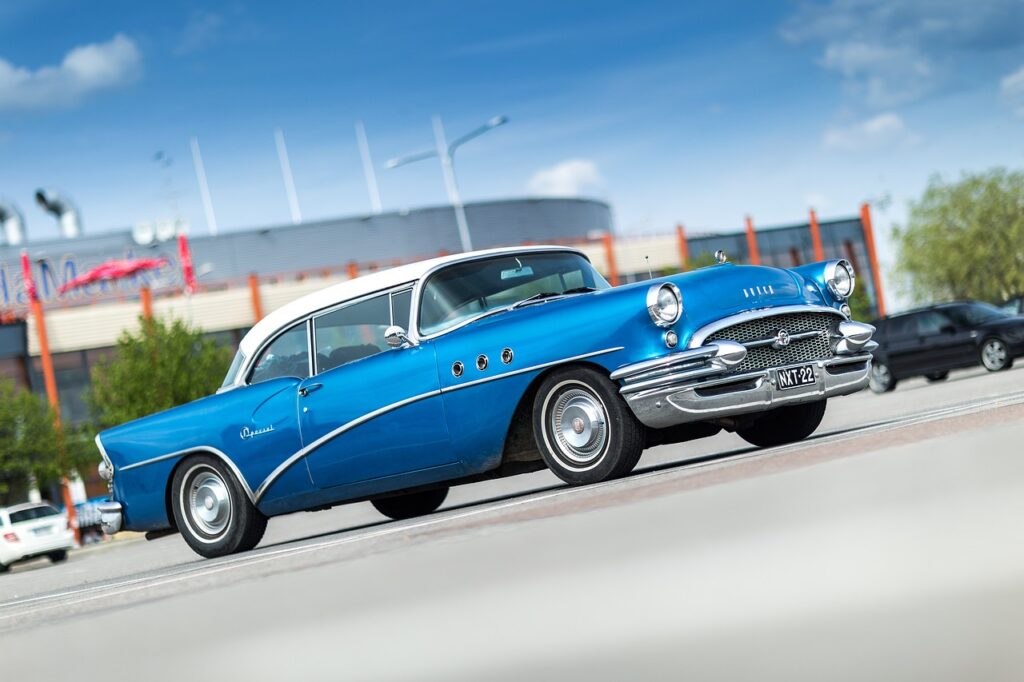
The summer automotive market is currently undergoing a significant transformation, signaling a beneficial shift for prospective buyers. As Labor Day approaches, the landscape of car sales, encompassing both new and used vehicles, is presenting genuine opportunities for savings, particularly for those informed about prevailing market trends and strategic purchasing moments. The prevailing conditions in August 2025 suggest a complex interplay of factors that are reshaping valuation models across the industry, demanding a closer examination.
Indeed, the perception that used car prices have been on a consistent downward trajectory for several months is accurate, as confirmed by industry data. Black Book reports a roughly 5% decline in wholesale used car prices since May, a trend now visibly translating to retail lots. This observable depreciation is most pronounced in segments such as compact sedans and mainstream crossovers, indicating a broad-based adjustment rather than an isolated phenomenon.
Understanding these market dynamics is crucial, as the reasons behind the decline are multifaceted, ranging from evolving consumer behavior and economic pressures to specific industry responses. This analysis delves into the immediate and tangible factors contributing to the current collapse in used car values, offering a detailed perspective on the forces at play and their implications for buyers and the broader automotive economy.

1. **New Car Incentives Remain Strong**One of the most significant factors driving the current softening of the used car market is the sustained strength of new car incentives. Automakers and dealers are increasingly offering attractive deals on new vehicles, a strategy designed to draw consumers who might otherwise consider pre-owned options. These incentives create a compelling alternative, diverting would-be used car buyers towards brand-new models, thereby reducing demand for the second-hand market.
This aggressive push for new vehicle sales is not merely a seasonal blip; it reflects a broader industry effort to move inventory and maintain sales momentum. The availability of these incentives, which include special financing rates and discounts, effectively lowers the perceived cost of new car ownership. Consequently, the value proposition of used cars diminishes in comparison, even as their own prices begin to fall.
Furthermore, this strategic emphasis on new car incentives is creating a compounding effect within the broader automotive ecosystem. As buyers opt for new vehicles, they frequently trade in their existing cars, adding to the already substantial inventory of used vehicles available in the market. This influx of trade-ins, fueled by attractive new car deals, exacerbates the supply-demand imbalance, contributing to what experts describe as a “perfect storm” hitting dealers, intensifying the downward pressure on used car values.
Read more about: Beyond the Metropolitan Sprawl: Unpacking the Thriving Renaissance of Fast Food in Small-Town America

2. **High Interest Rates for Used Car Loans**Another critical component in the ongoing re-evaluation of used car prices is the persistently high interest rates associated with used car loans. For the majority of buyers, interest rates for used vehicle financing continue to hover above 10% APR. This stands in stark contrast to the new car market, where well-qualified shoppers can often find promotional offers with rates as low as 0% for 72 months.
This significant disparity in financing costs renders new cars more attractive, despite their typically higher sticker prices. The lower monthly payments achievable with favorable new car loan rates can make a new vehicle feel more affordable in the long run, even when the upfront cost is greater. This financial calculus plays a crucial role in steering consumer preference away from used vehicles.
The impact of these high interest rates can effectively negate any savings gained from falling used car prices. As Experian data highlights, a 3% interest rate hike on a 72-month, $20,000 loan can increase the monthly payment by approximately $30. This increase can offset the savings from a $2,000 price reduction on the vehicle, essentially creating a “wash” for the buyer. Consequently, the affordability benefit of declining used car prices is diminished for those relying on financing.
Data from Edmunds further supports this trend, indicating an average interest rate of about 11.3% for used car loans. This figure, combined with reports from Experian showing average used car loan rates for most credit ratings rising by over 3% in early 2023, underscores the financial headwinds faced by used car purchasers. Such borrowing costs serve as a significant barrier, depressing demand and contributing to the overall decline in market values.
Read more about: 13 Car Purchases That Made Owners Say ‘Why Did I Buy This?!’ — Real Buyer’s Remorse Stories You Need to See
3. **Seasonal Decline in Demand**The natural rhythms of consumer behavior also play a consistent role in the fluctuating values of used cars, with a predictable seasonal decline in demand contributing to the current market softening. After reaching peak interest levels during the spring and early summer months, the appetite for used vehicles typically tapers off as the calendar progresses deeper into the back-to-school season.
This cyclical reduction in demand is largely attributed to shifts in household priorities and financial outlays. As families prepare for the academic year, their budgets often become reoriented towards immediate necessities such as school supplies, clothing, and other back-to-school expenses. Major purchases, such as a vehicle, are frequently deferred during this period, leading to a noticeable lull in automotive retail activity.
CarEdge Co-Founder Ray Shefska emphasizes this point, noting that “August is traditionally a challenge in retail automotive due to it being back to school month. Parents are buying Nikes and bikes and all kinds of school supplies and not cars.” This perspective highlights how the diversion of household finances towards education-related expenditures directly translates into a quieter period for car sales, granting buyers increased negotiating power and reducing leverage for sellers.
Read more about: A Warming World’s Hidden Burden: Unpacking How Climate Change Accelerates Aging and Heightens Health Risks for Older Adults
4. **Record Off-Lease Used Car Supply**The market is currently grappling with a substantial influx of off-lease vehicles, which represents a significant contributor to the collapsing used car values. In 2020, the automotive industry witnessed a record 4.1 million vehicles coming off lease, creating an unprecedented supply surge. This volume has been further compounded by recent figures, with over 800,000 vehicle overflows recorded as of last month, indicating a persistent imbalance between supply and demand.
This record-setting volume of returning leased vehicles saturates the used car market, putting immense downward pressure on prices. When a large quantity of similar, well-maintained vehicles enters the market simultaneously, it inevitably leads to a reduction in their overall value. Dealers face the challenge of moving this excess inventory, often necessitating price adjustments to attract buyers.
The situation is not without historical parallels. Experts point to a similar scenario after 9/11, when a comparable glut of vehicles caused a significant crash in vehicle values. This historical context underscores the potential for severe market correction when supply overwhelms demand, making the current off-lease volumes a critical factor in the present depreciation of used vehicle values.
This sustained high level of inventory, particularly from older lease cycles, ensures that the market remains well-supplied. Dealers, needing to make space and free up capital, are incentivized to price these vehicles competitively, which in turn drives down average selling prices across various segments of the used car market, further fueling the collapse in values.
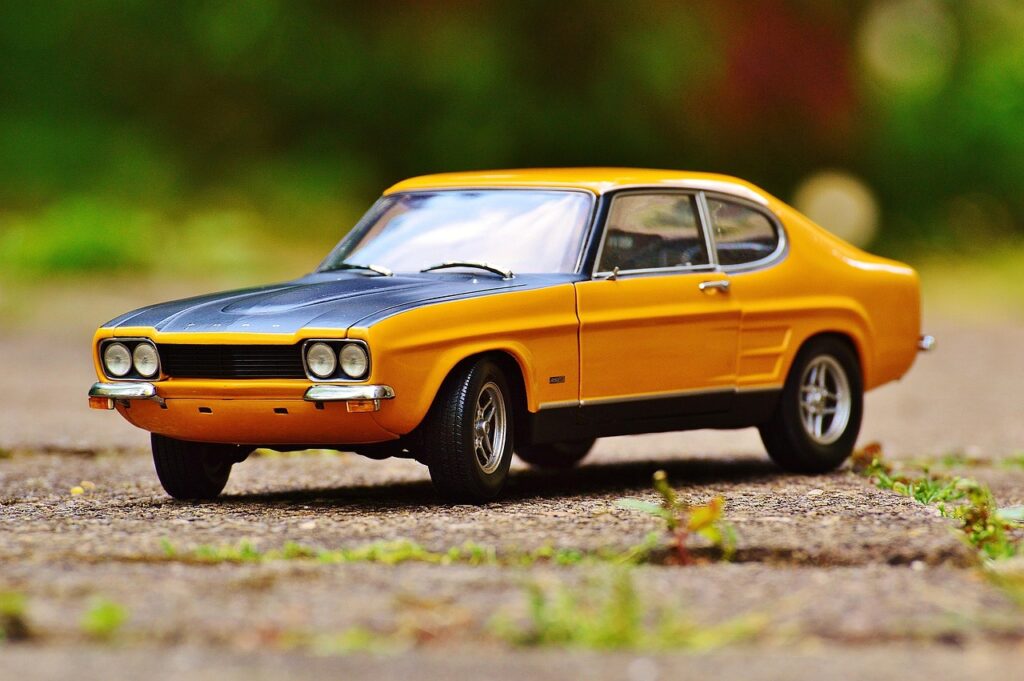
5. **Rental Car Companies Selling Inventory**A notable factor contributing to the current glut in the used car market, and consequently to the decline in values, is the strategic divestment of inventory by rental car companies. Facing a significant reduction in travel demand and a need to maintain liquidity, many rental firms are actively selling off portions of their fleets. This widespread liquidation effort injects a substantial volume of relatively late-model vehicles into the market.
These sales are a direct response to prevailing economic conditions where only a small number of people are traveling, diminishing the need for extensive rental fleets. By selling off these assets, rental companies aim to stay afloat and optimize their operational costs in a challenging environment. However, this strategy has broad implications for the used car market, adding considerably to the existing supply.
The additional inventory from rental car companies exacerbates the oversupply situation already influenced by other factors. This influx of vehicles, often well-maintained and relatively new, directly competes with other used cars on dealer lots, intensifying the need for price reductions. The consequence is a direct downward pressure on values across various vehicle categories, impacting finance companies and auto dealers significantly.
This contributes to the “glut of used cars” that the market is experiencing. The scale of these sales, driven by a necessity to adapt to altered travel patterns and economic realities, makes them a powerful force in the current depreciation of pre-owned vehicle values, signaling a challenging period for the automotive sector.
Read more about: The Secret Journey of Unsold Cars: Uncovering What Really Happens When Dealerships Can’t Move Inventory
6. **Damaged Consumer Confidence**The fundamental driver of any market, including automotive, is demand, and currently, the used car sector is experiencing a significant lack of it, primarily “confounded by dropping consumer confidence.” The economic uncertainties, inflation, and high interest rates have collectively eroded the willingness of consumers to make large discretionary purchases, such as vehicles.
The initial freeze in consumer purchases was sharp and immediate, particularly following the implementation of shelter-in-place orders. This abrupt cessation of buying activity set a precedent for cautious spending, a sentiment that has largely persisted. The ongoing unemployment situation further exacerbates this, leading to additional drops in consumer confidence as households face financial insecurity and an uncertain future.
Experts suggest that what initially appeared to be temporary disruptions could evolve into permanent shifts in economic behavior. The potential for some businesses not to return, combined with a general sense of economic fragility, encourages a highly conservative approach to spending. This hesitance translates directly into reduced foot traffic at dealerships and lower engagement in the used car market, irrespective of price points.
Ultimately, this pervasive lack of demand, directly tied to diminished consumer confidence, is a potent catalyst for the collapse in pre-owned vehicle values. Without a robust and confident buying public, even attractive pricing struggles to stimulate sufficient sales, compelling sellers to further adjust their expectations and align with the market’s depressed valuation.
Read more about: From Quirky Flops to Fiery Fiascos: Buckle Up for a Wild Ride Through 15 Cars with Truly Troublesome Driver Reputations
7. **Collapse in Used Electric Vehicle Prices**While the overall used car market has shown signs of stabilizing, albeit at levels just above pre-pandemic pricing, used electric vehicles (EVs) are experiencing a far more precipitous decline in values. According to auto research firm iSeeCars.com, used EV prices are collapsing at a rate nearly ten times faster than the average used car, reflecting a clear and dramatic shift in both supply and demand dynamics within this segment.
Data from iSeeCars.com’s June 2023 report illustrates this accelerated depreciation, showing used EV prices falling by nearly 30% year-over-year. This downward trend has been gaining momentum, with price drops escalating from 8.8% in January to 16.8% in March, and then to a staggering 29.5% by June. This stark contrast with the overall used car market, which saw prices down 3.6% year-over-year in June, underscores the unique challenges facing the pre-owned EV sector.
The primary catalyst for this rapid devaluation, as articulated by iSeeCars Executive Analyst Karl Brauer, is the “massive price cuts” implemented by Tesla on its new models earlier this year. Given Tesla’s dominant position in the used EV market, these new car price reductions immediately cascaded down, exerting “extreme downward pressure” on used Tesla values, and by extension, on the entire used EV category.
Beyond Tesla’s aggressive pricing strategy, several other factors contribute to the fragility of the second-hand EV market. The stabilization of fuel prices has somewhat diminished a key incentive for consumers to switch to electric vehicles. Furthermore, the rising interest rates for auto loans impact EV purchases just as they do internal combustion engine vehicles, making even more affordable used EVs less attractive. This, combined with a general trend of price-conscious shoppers prioritizing overall vehicle deals regardless of powertrain, has further dampened demand. Specific models reflect this trend acutely, with the Tesla Model 3 experiencing a 30.5% drop, the Model X a 21.3% drop, and the Model S a 19.0% drop, among other hybrid and electric vehicles leading the list of steepest price declines.” , “_words_section1”: “1948
The automotive market’s present state of flux is not merely a consequence of immediate economic pressures; it is also deeply rooted in the enduring legacy of the COVID-19 pandemic, which fundamentally reshaped the industry’s supply chains and consumer behaviors. As we delve into the second critical set of factors influencing used car values, we unpack these structural disruptions, the profound shifts in lease dynamics, and the complex challenge of navigating future shortages and price volatility that are poised to define the market for years to come. These are not transient phenomena but rather deep-seated changes that continue to ripple through every facet of the used car ecosystem.
Read more about: The Costly Truth: 14 Classic Cars That Are Simply Not Worth Restoring for the Savvy Enthusiast
8. **The Lingering Impact of the “Used Car Factory Shutdown”**The initial wave of the COVID-19 pandemic triggered an unprecedented event that senior director of new car solutions at Cox Automotive, Brian Finkelmeyer, aptly termed the “used car factory shutdown.” This analogy underscores the profound disruption caused by early production halts and slowdowns in new car manufacturing, which, in anticipation of a massive drop in demand, led to a dramatic reduction in new vehicle inventories. These immediate reactions to the pandemic’s onset have had long-term, cascading effects on the availability of pre-owned vehicles.
From 2020 to 2022, the automotive industry produced 8.1 million fewer vehicles compared to the 2017-2019 period, a staggering deficit that directly translates into a severe shortage in the used car market today. New vehicle inventories, which stood at 3.8 million in the spring of 2020, plummeted to a mere 820,000 by the fall of 2021. This substantial reduction in new car production means that the steady stream of vehicles typically flowing into the used car market after a few years of initial ownership has been severely curtailed, leading to historically low used vehicle inventories across the nation.
The repercussions of this manufacturing slowdown are still acutely felt, making it a critical, underlying cause of the current market dynamics. The absence of these millions of vehicles from the supply chain ensures that, irrespective of other market forces, there is simply less inventory to meet demand. This structural scarcity fundamentally alters the equilibrium of the used car market, contributing significantly to price volatility and the overall challenges faced by both buyers and sellers.
9. **Automakers’ Strategic Shift to Higher-Priced Models**Compounding the issue of reduced overall supply, automakers have strategically pivoted their production towards higher-margin vehicles, a direct response to the microchip shortages and rising interest rates that characterized the pandemic era. With fewer microchips available, manufacturers prioritized allocating these crucial components to their most profitable models, often large trucks, SUVs, and luxury vehicles. This shift meant a deliberate reduction in the production of more affordable cars, fundamentally altering the mix of vehicles available to consumers.
This strategic redirection is starkly illustrated by the numbers: in December 2017, automakers offered 36 models priced at $25,000 or less; five years later, this figure had dwindled to just 10. This aggressive focus on expensive new cars has significant implications for the used market, as the fewer affordable new cars produced today translate into fewer affordable used cars available in the coming years. Plants currently operate at approximately 80% of their pre-pandemic production levels, consistently maintaining a mix of very expensive new vehicles.
For the foreseeable future, this pattern is expected to persist. If affluent consumers continue to purchase $65,000 trucks and SUVs, automakers will have little incentive to diversify their production mix or increase output of lower-cost vehicles. This sustained emphasis on premium models ensures that the shortage of affordable options will not be a temporary blip but rather a long-term structural change, making the used car market feel less like a “vacation” for budget-conscious buyers for the next three to five years.

10. **The Unprecedented Scarcity of 3-Year-Old Vehicles**Within the broader context of structural supply disruptions, the market is facing an acute shortage of a particularly desirable segment: the three-year-old vehicle. This category is traditionally considered the “gold standard” for used automobiles, striking an ideal balance between significant depreciation and ample remaining lifespan. However, the depressed new car sales figures of 2022 are now poised to create a historically bad year for the availability of these highly sought-after vehicles in 2025.
The year 2022 saw new car sales plummet to 13.8 million units, the lowest figure since 2011, when the nation was still recovering from the Great Recession. This substantial dip in new car purchases three years ago directly translates into a much smaller pool of vehicles maturing into the three-year-old category today. As Brian Moody, executive editor of Kelley Blue Book and Autotrader, observed, the industry has anticipated this impact since the COVID-19 era.
This impending scarcity is not just a statistical anomaly; it represents a significant challenge for used car shoppers. Vehicles that are two, three, or four years old are perennially in high demand due to their typically being still under warranty and having already undergone substantial depreciation. Edmunds’ director of insights, Ivan Drury, warns that buyers in 2025 will encounter “far fewer nearly new used vehicles,” forcing them to either compromise on age or face elevated prices for the limited inventory available.
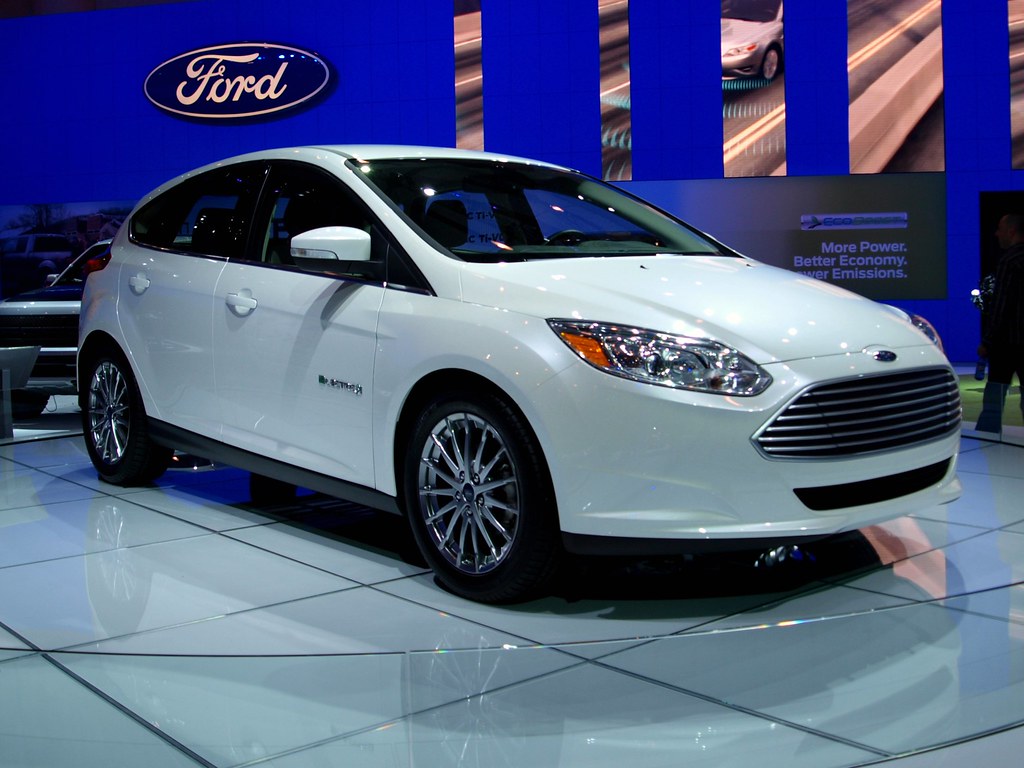
11. **The Dramatic Decline in Off-Lease Vehicle Returns**The traditional cycle of vehicles entering the used car market has been further disrupted by a significant shift in lease dynamics, primarily an unprecedented decline in the rate at which leased vehicles are returned to dealerships. Historically, off-lease vehicles have served as a vital source of high-quality, lightly used inventory, providing a predictable stream of cars for the secondary market. However, the economic conditions of the past few years, particularly soaring car values, prompted a change in lessee behavior.
Instead of returning their vehicles, a substantial number of lessees opted to purchase their cars at the end of their lease agreements, often at a fixed price that was below the vehicle’s actual market value. This phenomenon led to a dramatic reduction in lease return rates, which plummeted from an average of 62% to just 11% over the past three years. This shift means that a significant portion of what would have been prime used car inventory never entered the wholesale market.
Edmunds forecasts that leased vehicles will constitute a mere 18% of used car sales in 2025, marking the lowest figure since the Great Recession era. This is a sharp contrast to the period between 2019 and 2022, when the annual volume of used vehicles coming off leases topped 4 million; this year, that figure is expected to plummet to around 2 million. This drastic reduction in a key supply channel for gently used vehicles exacerbates the overall scarcity in the market, further driving up prices for the limited options available.
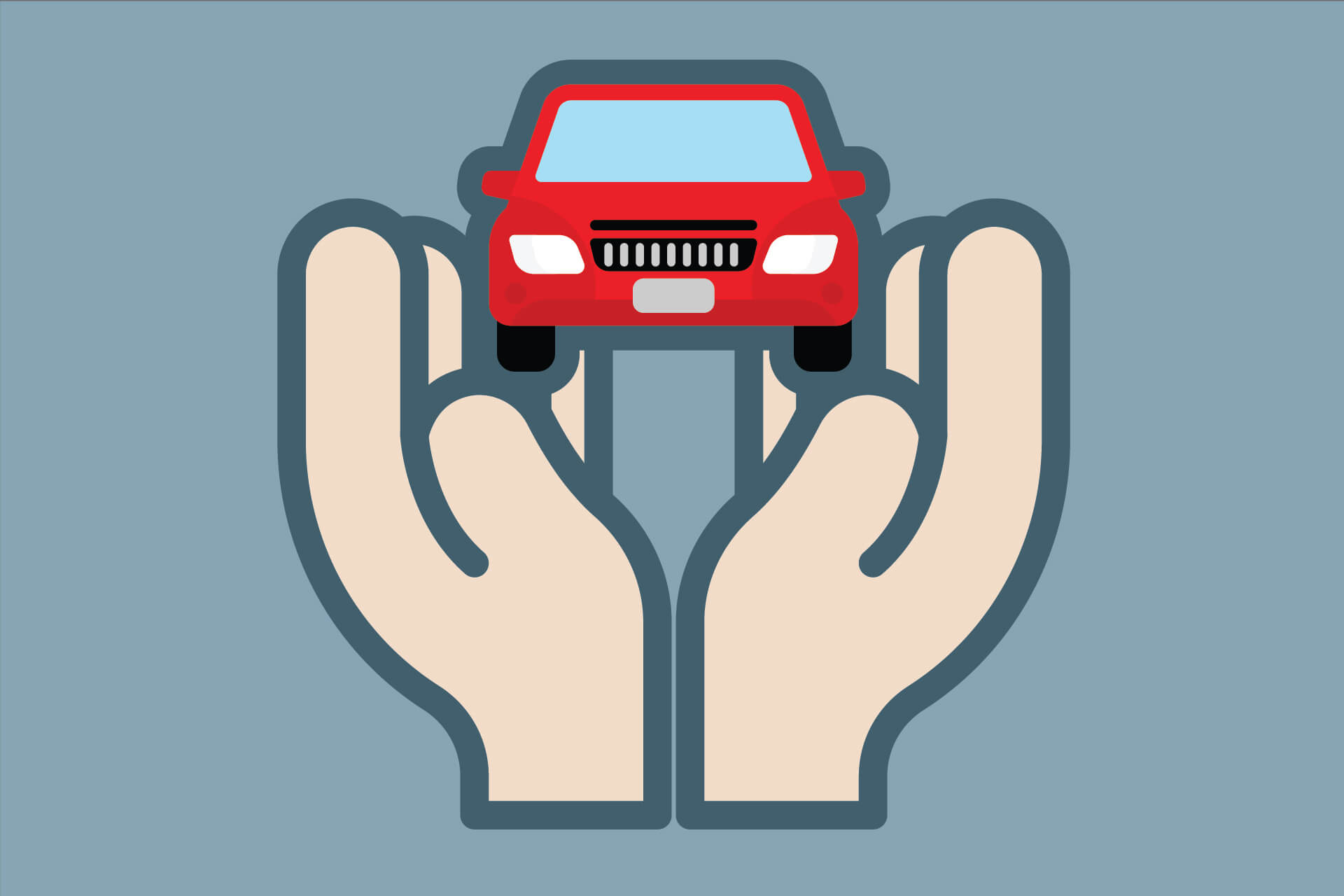
12. **Rental Car Companies Holding Onto Fleets Longer**Adding another layer to the supply constraint stemming from altered lease dynamics and pandemic-era disruptions, rental car companies have also significantly changed their fleet management strategies. Traditionally, these companies would regularly cycle out their vehicles, feeding a steady supply of well-maintained, relatively new cars into the used car market. This practice provided a consistent influx of inventory, helping to balance supply and demand.
However, during the periods of new car production slowdowns and chip shortages, rental car companies found themselves in a difficult position. Unable to easily acquire new vehicles to replenish their fleets, they were compelled to hold onto their existing cars for much longer than usual. This decision, while necessary for their own operational continuity, effectively restricted another major source of used car supply from entering the market, exacerbating the overall inventory crunch.
This shift in behavior by rental fleets, distinct from the temporary selling off of inventory to stay afloat (as discussed in Section 1), represents a structural change in how these vehicles contribute to the used car ecosystem. The extended lifespan of rental vehicles within their own fleets means fewer cars are made available for purchase by the general public, contributing to the persistent shortage of lightly used cars and trucks. The ripple effects of these delayed fleet rotations continue to impact the availability and pricing of specific vehicle segments in the used market.
Read more about: The Secret Journey of Unsold Cars: Uncovering What Really Happens When Dealerships Can’t Move Inventory
13. **The Looming Specter of Trade Tariffs on Future Pricing**Beyond the immediate and lingering effects of the pandemic on supply, the used car market faces potential future volatility stemming from geopolitical factors, particularly the re-emergence of trade tariffs. The imposition of penalties on imported vehicles and components is almost certain to trigger an upward turn in new-vehicle prices across virtually all brands in the coming weeks and months. This, in turn, has significant implications for the affordability and demand dynamics in the used car sector.
Experts predict that these tariffs could increase the cost of imported cars, trucks, and vans by as much as $5,000 to $10,000, with even domestic-branded models facing a potential $3,000 increase if they rely on imported parts. With new car prices already at near-record highs and financing rates remaining stubbornly elevated, this added burden is expected to push a fresh wave of budget-conscious shoppers towards the used-vehicle market. This increased demand for a limited supply of less-costly pre-owned models will almost certainly send prices soaring at the used end of dealerships.
Moreover, the impact of tariffs may disproportionately affect the most affordable vehicles. Reports suggest that up to 40% of vehicles priced under $40,000 could be directly impacted, potentially leading to fewer dealer incentives, including discounts and low-interest finance offers for new cars. While new car prices are apt to rise under these tariffs, a secondary effect could be a surge in demand for used cars, pushing their prices up as well. This creates a complex scenario where both new and used car buyers face mounting financial pressures.
14. **Strategic Buying: Navigating a Market of Scarcity and Opportunity**In this complex and evolving market, prospective buyers must adopt a strategic approach to secure the best value. The scarcity of gently used, three-year-old vehicles, coupled with high new car prices and potential tariff impacts, means that traditional buying wisdom may no longer apply. Ivan Drury of Edmunds notes that buyers may find themselves “butting up against new car pricing” for lightly used models, making a new car a potentially better deal in some cases.
When considering a new vehicle, it’s advisable to “shop by deal, not by brand.” This means exploring alternatives with stronger incentives and similar reliability, rather than fixating on a specific model. New car dealers frequently offer discounts of $1,500 to $2,000, and auto loan interest rates are often lower, with promotional rates sometimes in the 2% range or less. Leasing is also becoming a more attractive option as depreciation returns to normal, helping buyers avoid the significant value loss seen in outright ownership.
For those determined to buy used, flexibility is paramount. While three-year-old cars may be scarce, considering slightly older vehicles, perhaps five years or more, can unlock significant value. “Things have gotten a lot better with durability,” notes Drury, suggesting that older cars are more reliable than their historical reputation. Furthermore, luxury vehicles tend to depreciate more quickly, offering an opportunity to acquire a high-end model at a more accessible price. The exceptionally high depreciation on used electric vehicles also presents a unique bargain for those open to an EV.
The current landscape of the used car market is a testament to the interconnectedness of global economics, supply chain vulnerabilities, and shifting consumer behavior. From the initial factory shutdowns of the pandemic to the strategic decisions of automakers and the looming shadow of trade tariffs, a confluence of factors has conspired to redefine vehicle values. For buyers, the message is clear: the market is ripe with both challenges and opportunities. Success hinges on being well-informed, flexible, and prepared to explore diverse options. By understanding these underlying dynamics and leveraging available insights, buyers can navigate this intricate environment, transforming what might seem like a collapse into a strategic advantage for securing a valuable asset. The journey ahead for the used car market remains dynamic, demanding vigilance and adaptability from all participants.




